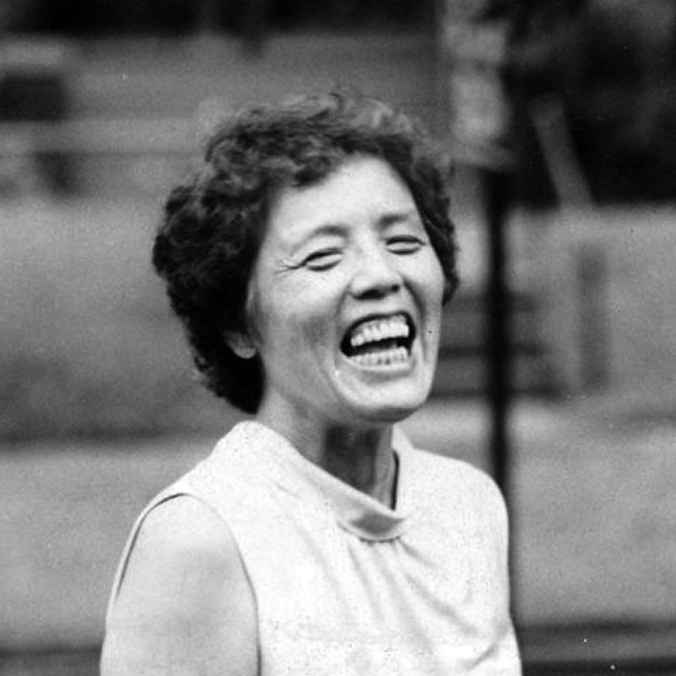
May is Asian American and Pacific Islander (AAPI) heritage month, celebrating the historical and cultural contribution of Asians (including those from East, South, and Southeast Asia) and Pacific Islanders (including those from Polynesia, Melanesia, and Micronesia). The effort to reserve specific days to celebrate Asians and Pacific Islanders began in the late 1970s, when New York representative Frank Horton proposed House Joint Resolution 540, which served to mark the first ten days of May as Asian/Pacific American Heritage Week. Though the resolution did not initially pass, in 1978 President Carter signed it into Public Law 95-145, and in 1990, Congress extended the observance from a week to a month. Here are three Asian Americans and Pacific Islanders you can honor in 2022, thirty-two years later.
- Grace Lee Boggs: a Chinese-American activist who married and worked alongside James Boggs, Grace Boggs is the exemplar of Asian-Black solidarity. After landing a job in Chicago, she came across Black people protesting rat-infested living conditions. This is when she felt connected to the Black community for the first time. She soon became involved with grassroots organizations that advocated for workers’ and tenants’ rights, like the South Side Tenants Organization and socialist Workers Party. Boggs then moved to Detroit where she edited the newspaper Correspondence, which supported the workers’ revolution. There, she met James, and the two protested for civil rights and got involved in Black power movements. White disparagers could not fathom that an Asian American actively advocated for Black rights that many reports, including her FBI file, classified her as “Afro-Chinese”. In 1992, Boggs co-founded Detroit Summer, a-youth based empowerment and engagement program. She defended rights till she was 98.
- Haunani-Kay Trask: Trask dedicated her life to fighting for sovereignty for the Hawaiian people and against colonization of her native land. At the University of Hawai’i, she was a founding member of the Kamakakūokalani Center for Hawaiian Studies and taught the subject, brilliantly retorting against racist White students. Most notably, Trask was the leader of the Hawaiian Sovereignty movement, organizing marches known as Kanaka Maoli to call for the reclamation of native lands in Hawai’i and speak up against Americans’ banning of the Hawaiian language and imprisonment of the Hawaiian queen Liliʻuokalani. In 2017, Hawaiʻi Magazine named Trask as one of the most influential women in Hawaiian history.
- Larry Itliong: At 14, Larry Itliong immigrated from the Philippines to the United States. He had always been passionate about defending the rights of the poor. In 1930, he co–founded the Alaska Canneries Workers Union. He quickly earned a reputation as a fierce labor activist. Thirty-five years later, Itliong led a successful strike for Filipino farm workers in Coachella, California, protesting low wages and deplorable living conditions. He continued to lead strikes, even convincing Mexican-American farm workers to join him and form the United Farm Workers (UFW) movement together. One of the strikes, called the Delano Grape Strike, lasted for five years and became one of the most pivotal labor movements in the United States’ history. Itliong traveled to several countries to fight for workers’ rights. Before his death in 1977, he witnessed the completion of the Agbayani Village, a housing development for retired Filipino farm workers.
